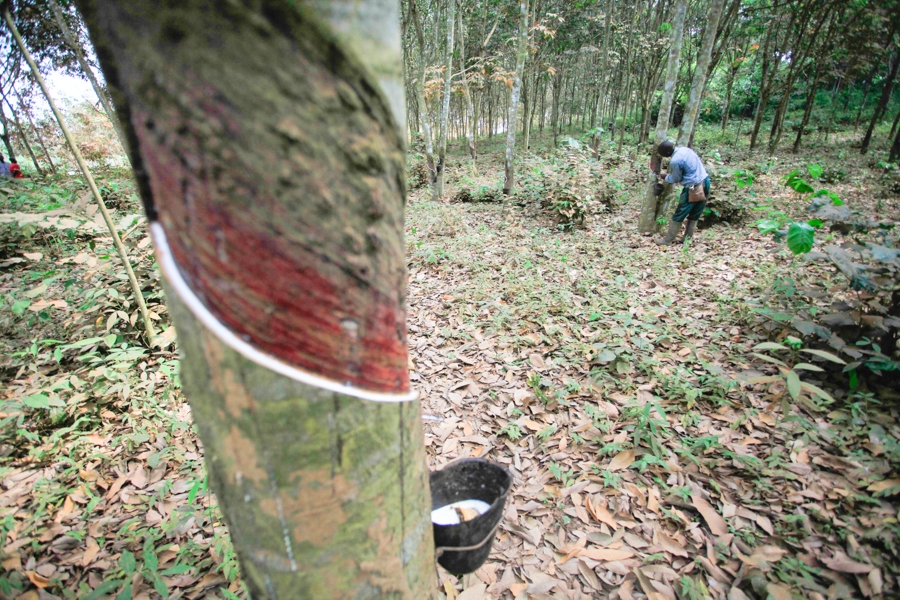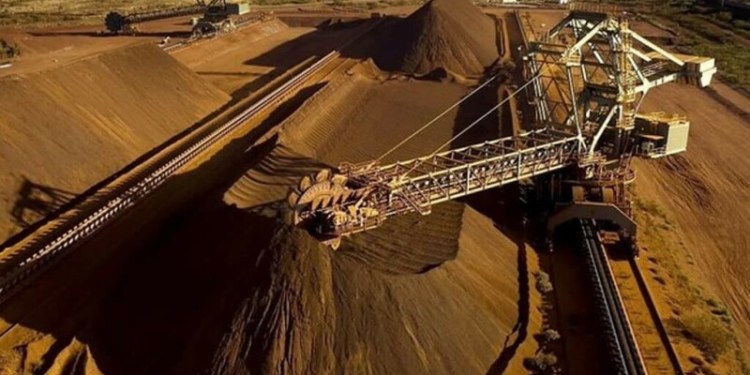Rubber exports have continued to rise in the first nine months of the year, despite the fall and current stagnation of prices as global demand continues to stall, according to the Ministry of Agriculture, Forestry and Fisheries (MAFF).
Data released this week by MAFF show that exports until September were 82,825 tons, up almost 11 percent from the same period last year. MAFF’s data also shows that the number of hectares under cultivation has also continued to rise.

Cambodia’s rubber exports continue to rise despite falling global prices. Reuters
An official at the Association for Rubber Development in Cambodia, who declined to give his name, told Khmer Times that this increase in exports was not surprising, but the low prices continue to worry the industry.
“It is not a big deal because the increase in exports results from the increase in plantation area from which we can collect the latex. For the rubber industry we always keep exporting even though the price declines as to we need to get money for our operations, even if we are currently selling at a loss.”
Since reaching a high of $4,500 per ton in 2011, rubber prices have plummeted, and were below $1,050 per ton earlier this year.
Due to the low prices, Vietnam, Malaysia, Indonesia and Thailand – the latter three supply some 70 percent of global rubber – cut their exports by 15 percent in March in an effort to reduce supply and hopefully increase prices.
Also in March, the Cambodian government issued a sub-decree concerning rubber export taxes. If global prices fall below $1,000 a ton, exporters do not have to pay tax, while $50 per ton will be levied if prices are been $1,000 and $2,000, and $100 per ton if they go above that.
Lim Heng, chairman of Hean Mean Investment Co. which owns 10,000 hectares of rubber plantations in Kampong Cham province, said that the supply cut by the major exporters had led to slightly improved prices, but the effect had so far been minimal.
“We do see that the price has improved a bit since those three main producing countries reduced their supply to the global market. However, we still need to see more help from the government for the industry. Though the government has already offered a tax cut on exports in recent months, it, however, doesn’t help our company much.”
He said that current production costs were around $1,400 per ton and at current market prices of $1,247 per ton, rubber businesses were operating at a loss.
“If you look at other Asean members who produce rubber, their governments help and give subsidies for the industry. So we also want to see this action to be applied here for helping the industry as rubber plantation areas keep growing,” Mr. Heng added.
According to MAFF, total rubber plantation areas reached 402,310 hectares in September, far ahead of the government’s target of 400,000 hectares by 2020. Of this, some 123,270 hectares are currently being farmed.
Despite the low prices and increasing production levels, Mr. Heng said that producers were hoping the market would rebound.
“If the global economy especially China – which is a huge market for natural rubber – gets better, I do believe rubber prices will bounce back again,” he said.




























